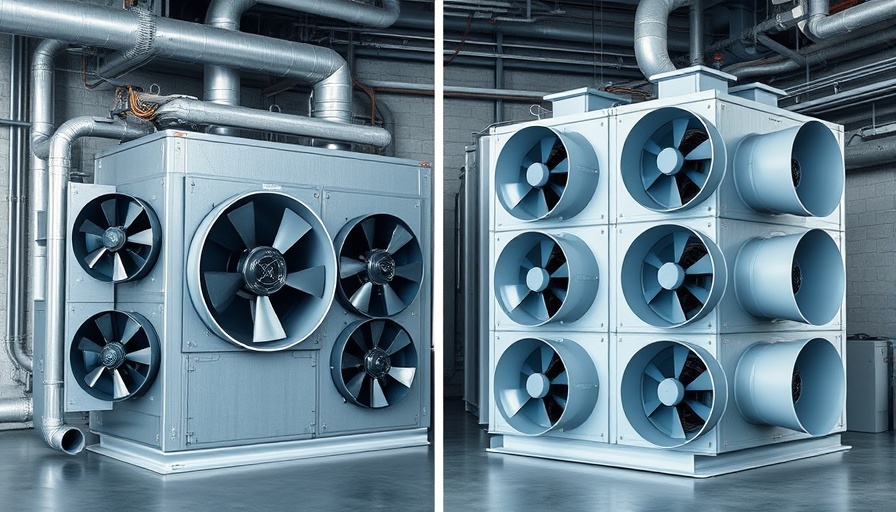
Transforming HVAC Systems: The Rise of EC Fan Arrays
When it comes to upgrading heating, ventilation, and air conditioning (HVAC) systems, energy efficiency remains a top priority for homeowners and business managers alike. As environmental concerns intensify and energy costs rise, technologies like Electronically Commutated (EC) fan arrays are leading the charge toward smarter, more efficient HVAC solutions. This article explores why EC fan arrays represent the future of HVAC retrofits.
1. Enhanced Energy Efficiency Can Save You Money
One of the most compelling reasons to consider EC fan arrays is their superior energy efficiency. Unlike traditional fan systems that use induction motors, EC fans utilize a brushless direct current (DC) motor, allowing them to adjust speed more precisely based on demand. This skillful modulation not only reduces energy consumption but can also translate to lower utility bills for homeowners and property managers alike.
2. Reduced Noise Levels for Better Comfort
Noise is often a concern when upgrading HVAC systems, especially in residential settings. EC fan arrays operate more quietly than conventional systems, providing a comfortable indoor environment without the distracting hum of traditional fans. This feature is particularly beneficial in homes and offices where peace and quiet are paramount.
3. Design Flexibility for Various Applications
The versatility of EC fan arrays makes them suitable for a wide range of applications. Whether you are retrofitting an existing HVAC unit or installing a new system, these fans can easily be integrated into various designs and configurations. This flexibility makes it easier for property managers and homeowners to choose a system that best aligns with their specific needs.
4. Extended Lifespan and Reduced Maintenance Costs
Investing in EC fan technology can lead to lower maintenance costs over time. The reliability of these systems often means longer service life, with less wear and tear on components compared to older systems. As savings accumulate through reduced maintenance and extended longevity, the initial investment in an EC fan array becomes increasingly justified.
5. Compatibility with Smart HVAC Systems
In an era where smart technology is at our fingertips, EC fan arrays can easily integrate with IoT devices, allowing property managers and homeowners to monitor and control their HVAC systems remotely. This capability not only enhances convenience but also empowers users to optimize energy usage based on real-time data.
6. Positive Impact on Indoor Air Quality
Indoor air quality is crucial for maintaining a healthy living and working environment. EC fan arrays improve airflow and circulation, leading to better ventilation and fresher air. Understanding ''what is the purpose of fresh air in HVAC'' becomes clearer: it directly contributes to the health and comfort of inhabitants—another reason to consider upgrading your system.
7. Adaptability for Future Energy Programs
With ongoing advancements in energy efficiency standards, EC fan arrays understand the importance of remaining adaptable. Future-focused technologies are already emerging that may provide homeowners and businesses with even more savings opportunities, such as rebates on installation costs. Are there any rebates on air conditioners? It’s a question worth exploring as policies continue to evolve in pursuit of greener environments.
8. Conclusion: Embracing Energy-Efficient Solutions
The increase in energy costs and environmental awareness signifies a vital shift in HVAC technology. EC fan arrays stand at the forefront of this transformation, allowing homeowners and property managers to not only save money but also contribute to a more sustainable future. As you contemplate your next HVAC upgrade, remember that investing in an EC fan array could indeed lead you toward a more energy-efficient and economically friendly solution.
Take steps today towards better energy efficiency! Explore the latest innovations in HVAC systems to find out how you can save—both in terms of energy and costs.
 Add Row
Add Row  Add
Add 




Write A Comment